If you’ve ever Googled a question and seen a box of related questions that expands when you click it, you’ve met Google’s “People Also Ask” (PAA). For SEO pros, digital marketers, and content creators, PAA is one of the most practical and often underused SERP features for capturing attention and traffic.
This guide explains what Google People Also Ask is, how Google generates it, why it matters for SEO, and step-by-step tactics to win spots inside these boxes.
You’ll get practical examples, tested on-page tactics, measurement tips, and giving you everything you need to add PAA SEO strategy to your content playbook.
Understanding Google People Also Ask Feature
What it looks like in search results
People Also Ask appears as a rounded box or list on many Google search results pages. Each line is a question related to the searcher’s query. Clicking any question expands a short answer (usually pulled from a web page) and often reveals additional related questions below. The answers are concise, often a short paragraph, list, or table, and include a citation (title + URL) linking back to the source.
This interactive layout encourages exploration. Users can click multiple items without leaving the SERP, and Google dynamically adds more questions as the box expands. This format makes PAA a powerful way to surface short, on-topic answers and drive impressions and clicks.
When and why it appears
Google surfaces PAA when a query suggests that the user may benefit from quick clarifications, follow-up questions, or multiple intents. PAA commonly shows for informational and ambiguous searches where people typically ask several related follow-up questions.
Because it’s generated algorithmically, PAA boxes won’t show for every query. They appear when Google’s systems detect that additional related questions would help the searcher.
How it benefits searchers
For users, PAA speeds discovery. Instead of scanning multiple pages, searchers get short, scannable answers and can drill down into sub-topics instantly. That makes PAA especially useful for research, how-tos, comparisons, and quick facts.
For marketers, it surfaces the exact phrasing real people use to ask questions, providing a valuable source for content ideas and long-tail keyword targeting.
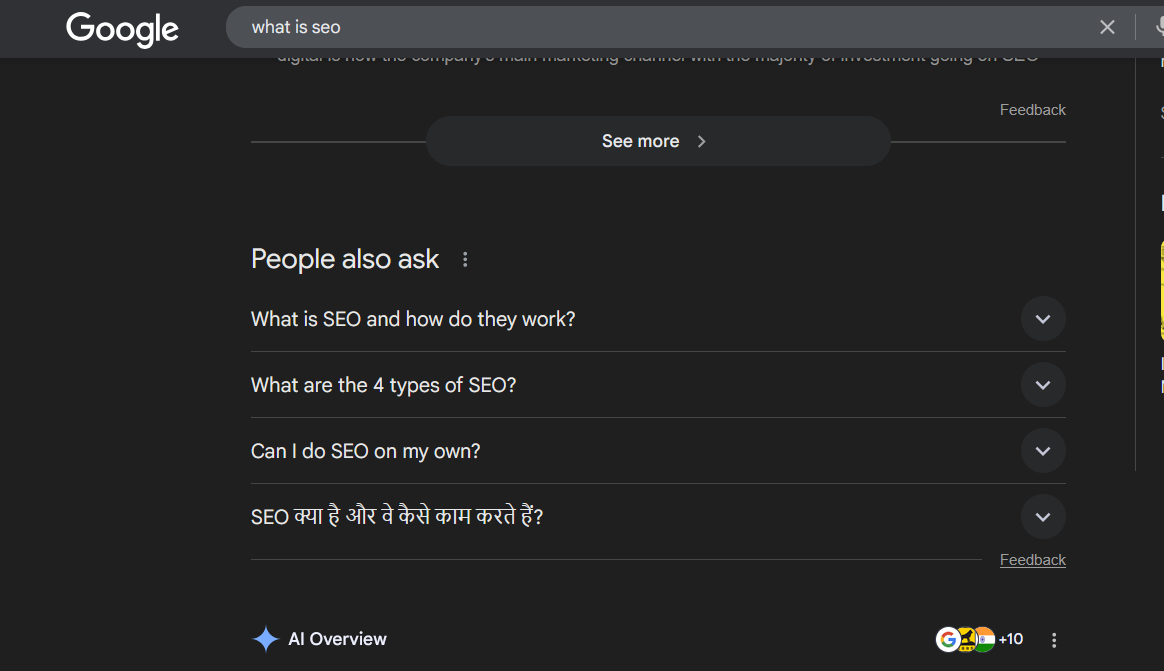
How Google Generates People Also Ask Results
The role of Google’s algorithms and NLP
Google uses a mix of large-scale ranking systems, passage and snippet extraction, and natural language processing (NLP) to identify common questions and the best short answers on the web. It looks at query logs (what people search next), semantic relationships between queries, and document passages that directly answer a question. These signals feed into the PAA selection algorithm, which ranks candidate Q&A pairs to display the most helpful items.
The link between PAA and featured snippets
Many PAA answers are pulled from the same mechanisms that create featured snippets. In practice, a PAA item often contains a featured snippet, which is an excerpt from a page that directly answers the question. This means the same content that can win a featured snippet may also appear in PAA and vice versa, so optimizing for concise, well-structured answers increases your chances for both. Google notes that featured snippets can appear within related question groups such as PAA.
Examples of PAA in different niches
- E-commerce: “What size is a medium in brand X?” leads to sizing answers and follow-ups like “How to measure for a jacket.”
- Tech: “What is serverless computing?” expands into “Serverless vs. containers” and “When to use serverless.”
- Local & small business: “How much to replace a water heater” spawns local pricing and service questions.
Across niches, PAA tends to favor short, factual answers and question clusters that reflect real user curiosity. Use PAA to map the micro-journeys users take after their initial query.
Also Read: What Is Google MUVERA and How Does It Affect Your Website’s Ranking?
Why Google People Also Ask Matters for SEO
Click-through rate advantages
Appearing in PAA increases SERP real estate even if you don’t rank number one organically. A well-crafted PAA answer attracts impressions and can drive clicks, especially when your answer is the one Google cites. Because PAA often shows above the fold on mobile and desktop, it can divert attention from traditional organic listings and improve your visibility. Several SEO studies show that PAA appearances correlate with traffic lifts for pages that answer targeted questions well.
Enhanced keyword targeting
PAAs reveal the exact phrasing of user queries, particularly long-tail, question-based keywords that may not show up in typical keyword tools. By harvesting PAA questions, you can expand content to address intent-specific queries (for example, “how to fix X” vs. “X troubleshooting steps”), improving topical coverage and matching search intent better. This is a low-effort way to widen keyword footprints with highly relevant content.
Building topical authority
PAA encourages content creators to break topics into question-and-answer units. Pages that comprehensively answer many related questions are more likely to earn trust signals from Google and users, helping establish topical authority. Over time, a cluster of well-optimized Q&A sections can lift the domain’s perceived expertise and rankings for related queries. This aligns with Google’s guidance to create helpful, people-first content.
Also Read: AIO Checklist: 20 Quick Wins for AI-Friendly Pages
Strategies to Appear in Google People Also Ask Boxes
Apply these tactics together. No single trick guarantees placement.
1. Keyword research for PAA questions
- Use tools like Ahrefs, Semrush, and AnswerThePublic to extract PAA questions and related queries.
- Search your core keywords and capture the PAA questions that appear for them. Save the exact phrasing, as small wording changes can matter.
- Group similar PAA questions by intent, such as definition, how-to, cost, and comparison. This gives you a content map to follow.
Quick checklist:
- Gather PAA questions for your seed keyword.
- Prioritize by volume and relevance.
- Map questions to pages or new micro-posts.
2. Structure content for Q&A format
- Put PAA questions into H2 or H3 headings. Use the question exactly or in close variants. Google often pulls answers from headings followed by concise paragraphs.
- Keep answers short (40–60 words) directly under the question, then expand below. The short section is what Google prefers for PAA and featured snippets.
- Use lists, definition paragraphs, and tables when appropriate, as they are scannable and commonly used in PAA answers.
Example format:
- H2: How does X work?
- Short answer (1–3 sentences).
- Expanded explanation, steps, examples, and internal links.
3. Optimize headings and concise answers
- Use the exact question phrasing as an H2 or H3 when it reads naturally.
- Provide a direct, standalone answer immediately beneath the heading, then add context. Google favors succinct, self-contained answers.
- Avoid fluff. Be factual and useful. If the PAA demands a “how-to,” include numbered steps or a short process flow.
4. Use schema markup for better indexing
- Add FAQPage or QAPage schema where applicable, but only when your page genuinely contains an FAQ or Q&A section. Structured data helps Google understand the question/answer relationships and may increase the chance of rich results.
- Note: structured data does not guarantee PAA inclusion, but it clarifies content structure and can help with other rich features. Follow Google’s guidelines for valid FAQ markup.
5. Internal linking and content clusters
- Link question pages to pillar pages to create strong topical clusters. This helps Google see your site as an authority on the subject.
- Use internal anchor text that matches question keywords where it makes sense for the user. This reinforces relevance signals across pages.
6. Track and iterate
- Monitor PAA impressions and clicks in Google Search Console. Expanded PAA items and link clicks are counted as impressions and clicks when the URL is shown. Use those metrics to test which answers pull impressions and which drive clicks.
Also Read: Voice Search Optimization: 5 Strategies to Rank Higher in 2025
Common Mistakes to Avoid with Google People Also Ask
- Keyword stuffing and unnatural phrasing
Do not cram question phrases into headings unnaturally. Google rewards readability and helpfulness. Keyword stuffing can be punished indirectly by poor user engagement metrics and can reduce the chance of being featured. Keep headings natural and user-friendly. - Overly promotional answers
PAA answers should solve the query immediately. Answers that read like ad copy or force the user into a sales pitch are less likely to be used. Provide value first. Conversion content can follow in the expanded section of your page. Aim for helpful, not salesy. - Ignoring user intent
PAA questions reflect real user intent. If the search intent is informational, a short how-to or definition is appropriate. If the intent is transactional, focus on comparisons, pricing, and buying criteria. Mismatching intent is a common reason content fails to show in PAA. Use intent mapping during keyword research.
FAQs About Google People Also Ask
1. What is Google People Also Ask?
Google People Also Ask (PAA) is a search feature that displays related questions users commonly search for, along with expandable answers. It helps users explore topics more deeply without leaving the results page.
2. Why is People Also Ask important for SEO?
PAA is valuable for SEO because it reveals user intent and related search queries. By targeting PAA questions, websites can gain more visibility in search results and capture highly relevant traffic.
3. How does Google choose the questions in People Also Ask?
Google uses algorithms that analyze search behavior, related queries, and content relevance. The PAA box dynamically updates based on what users click and search for next.
4. Can my website appear in People Also Ask results?
Yes. If your content directly and clearly answers relevant questions, is well-structured, and optimized for SEO, it can be featured in PAA boxes, increasing your organic reach.
5. How can I optimize my content for People Also Ask?
Use keyword research to find PAA questions, create concise and direct answers, use structured headings, and ensure your content matches the searcher’s intent. Adding FAQ schema can also improve chances.
6. Do People Also Ask questions change over time?
Yes. The PAA box is dynamic, meaning the questions can change depending on trends, user behavior, and Google’s search algorithms.
7. Does appearing in PAA increase website traffic?
Yes, ranking in People Also Ask can boost traffic by capturing users at different stages of the search journey. Since PAA often appears near the top of SERPs, your content can gain visibility even if it’s not in the top organic position. However, traffic impact depends on how engaging and relevant your answer is—users must be motivated to click through for more details.
8. What content format works best for PAA optimization?
Google prefers clear, structured, and easily digestible formats. Paragraphs of 40–60 words, bullet points, numbered steps, or tables often work best. Each answer should directly address the question, followed by elaboration, examples, or statistics for added value.
9. Is FAQ schema the same as People Also Ask optimization?
No, FAQ schema and PAA optimization are different strategies. FAQ schema helps you qualify for rich snippets in search, while PAA optimization focuses on answering specific user questions so Google features your content in the expandable PAA box. Using both together can improve your chances of appearing in multiple SERP features.
10. Can I track my rankings for People Also Ask?
Yes. While Google Search Console doesn’t have a dedicated PAA report, you can track PAA performance using specialized SEO tools like SEMrush, Ahrefs, or Rank Ranger. These tools let you monitor keyword positions and identify which of your pages appear in PAA boxes.
Measuring PAA Results and What to Expect
- Search Console: PAA impressions and clicks may be reported as impressions and clicks for the underlying URL when the PAA is expanded and the URL is shown. Track changes in impressions and clicks for pages optimized for PAA to measure impact.
- Organic traffic: Expect initial impressions before large click increases. PAA can raise visibility even without immediate click spikes.
- Engagement metrics: Monitor time on page and bounce rate after adding Q&A blocks. Useful answers typically improve engagement.
In practice, PAA wins are often incremental rather than dramatic overnight gains. However, combined across many queries, they add meaningful extra traffic and brand visibility.
Also Read: AI SEO Strategies for 2025
Conclusion
Google People Also Ask is a dynamic, user-centric SERP feature that exposes natural question phrasing and rewards content that answers queries clearly and concisely. For SEO professionals and content creators, PAA is a high-value opportunity to:
- Capture incremental visibility and impressions
- Expand long-tail and question-based keyword coverage
- Build topical authority through well-structured Q&A content
To recap, use targeted PAA research, insert question headings with concise direct answers, support with schema where appropriate, avoid promotional fluff, and measure results in Search Console. Combined, these steps form a solid PAA SEO strategy that complements traditional organic ranking work.
If you’d like, 1Solutions can audit your content, extract target PAA questions for your core keywords, and produce optimized Q&A hubs designed to win PAA and featured snippets. Ready to turn questions into clicks? Contact our team and we’ll build a data-driven plan that fits your goals.
















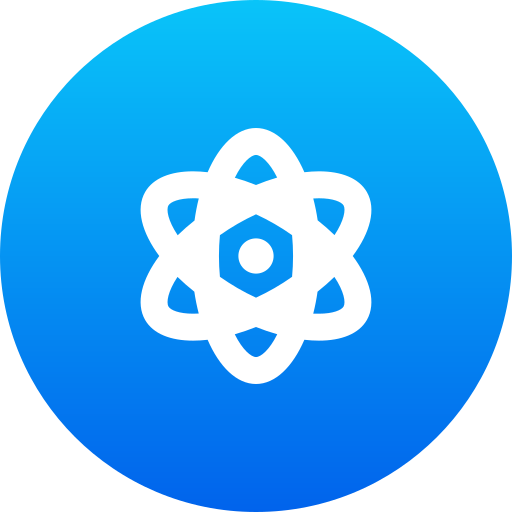


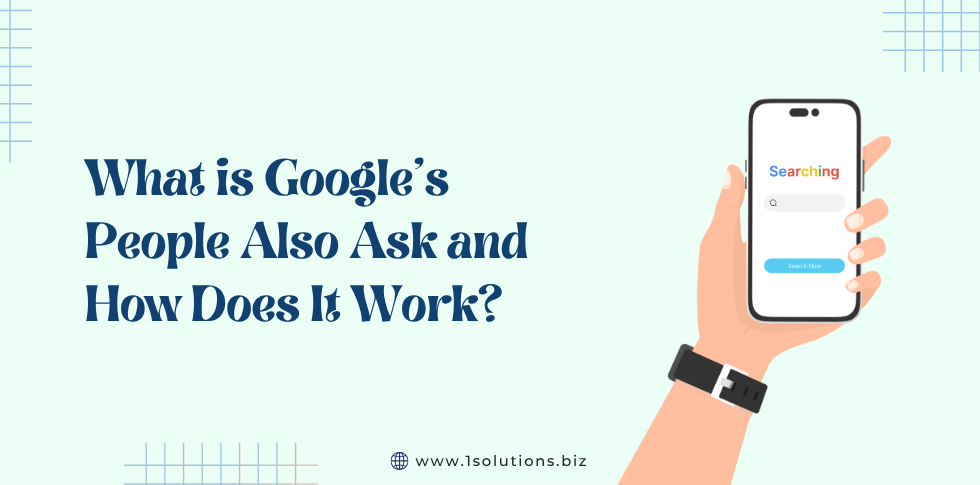
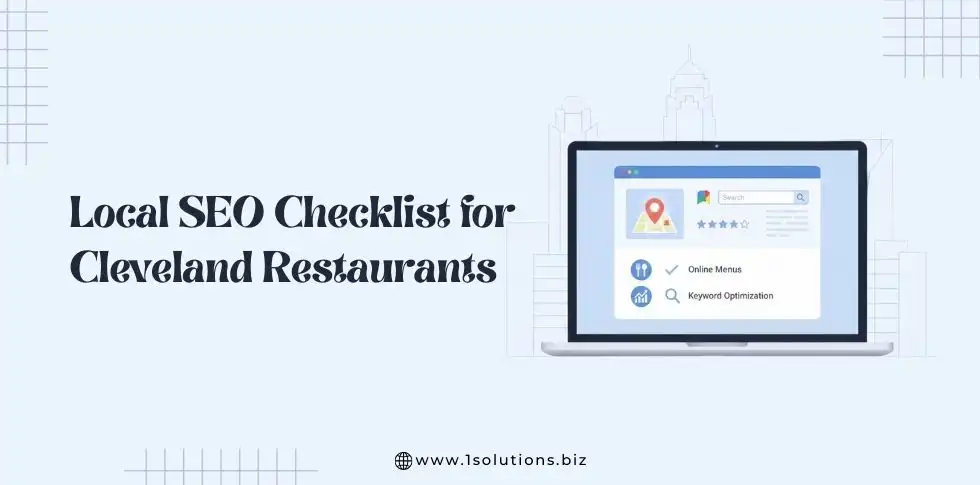
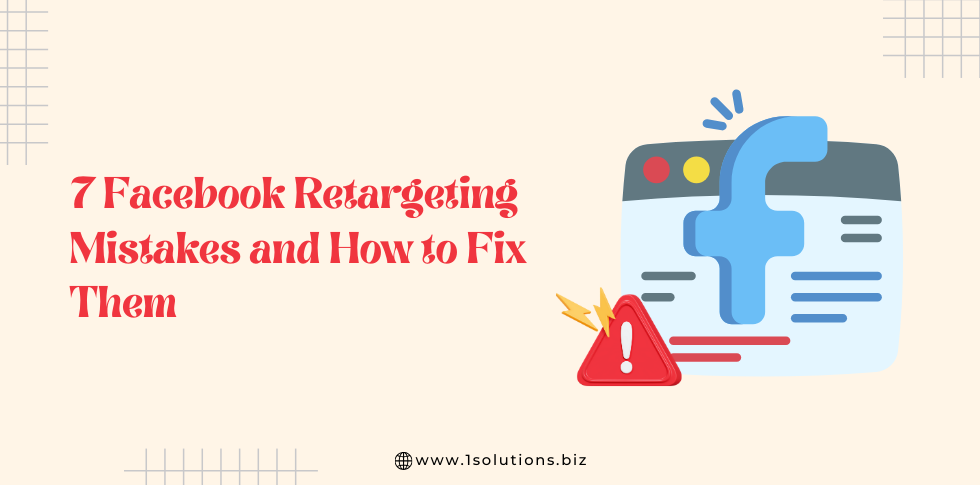
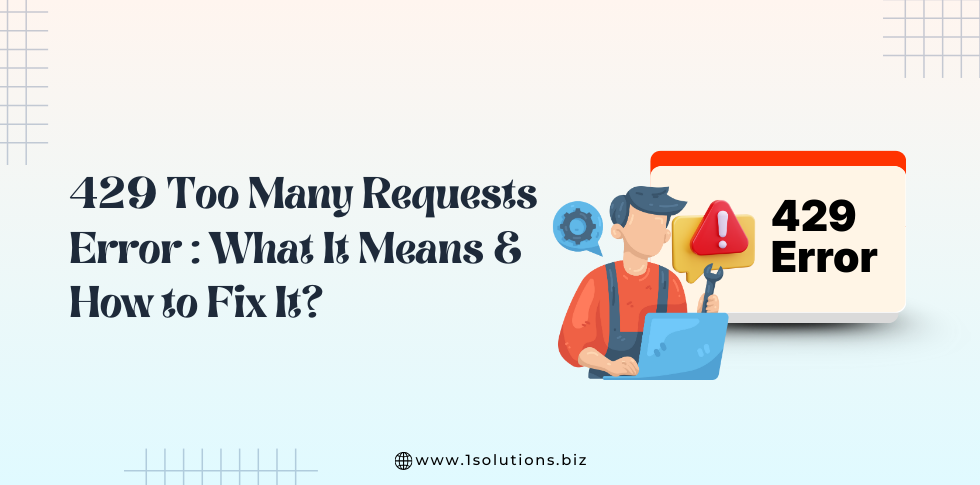
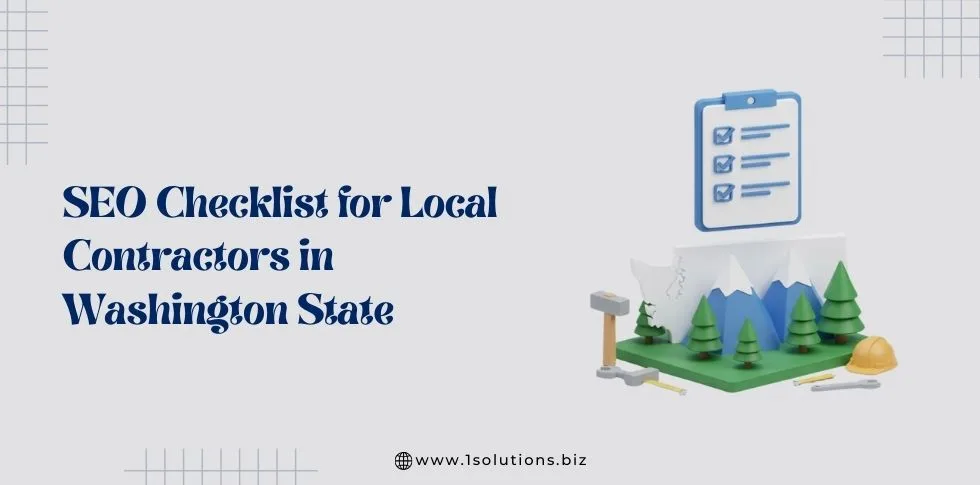
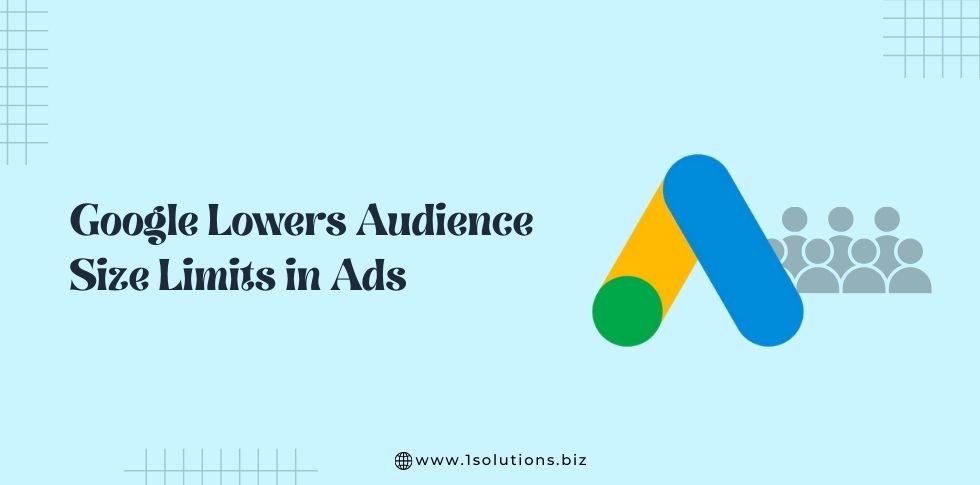

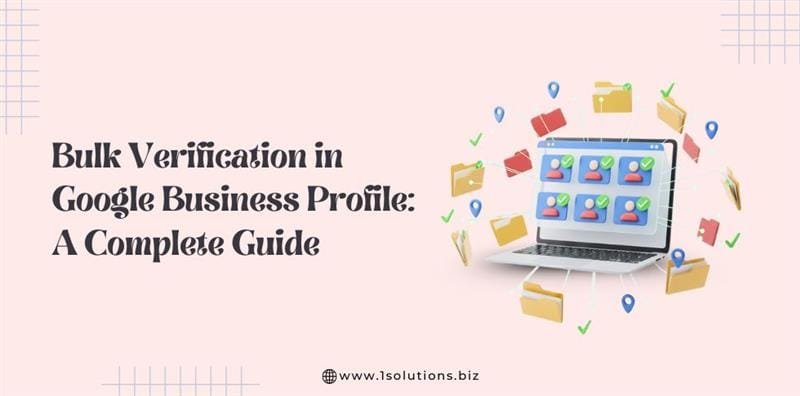
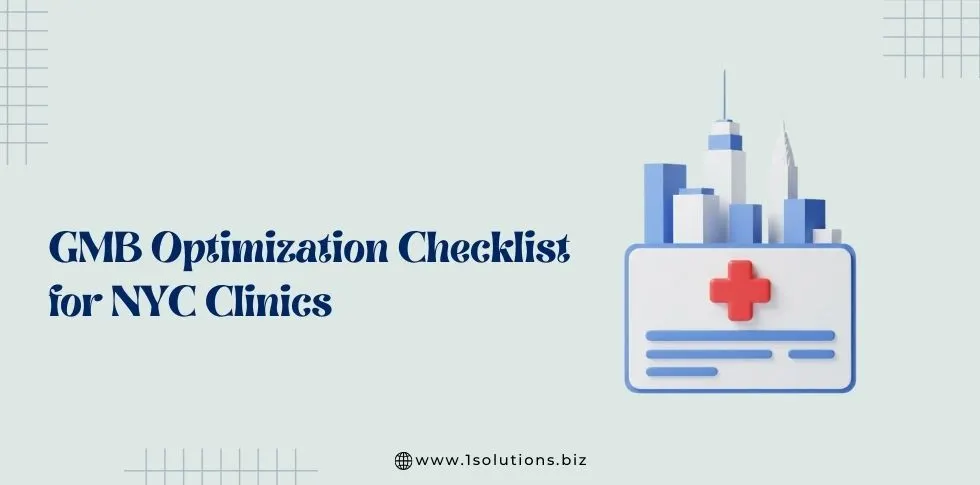




 in India
in India